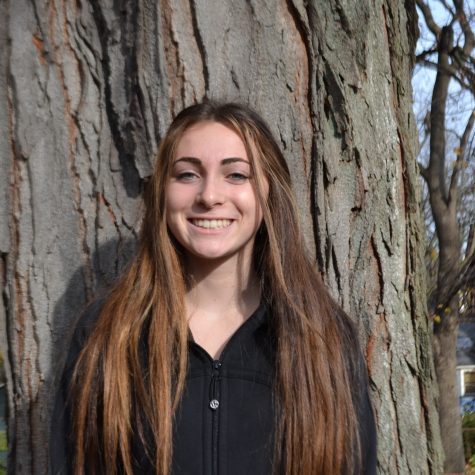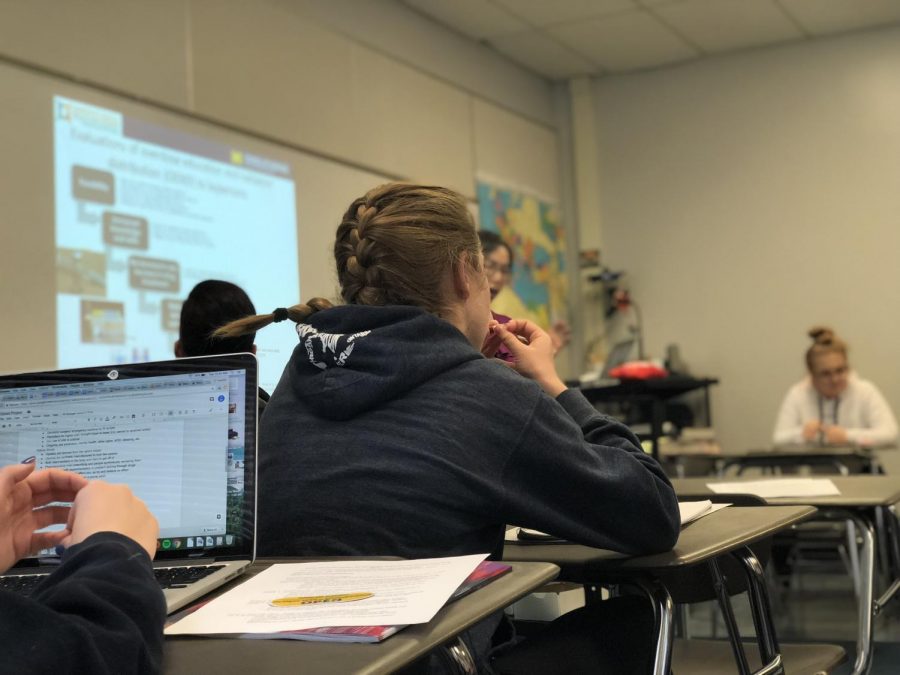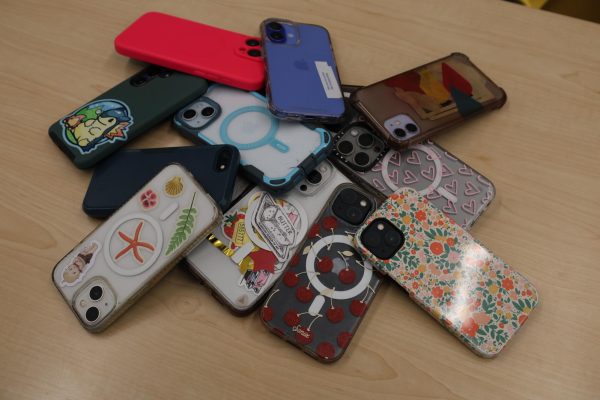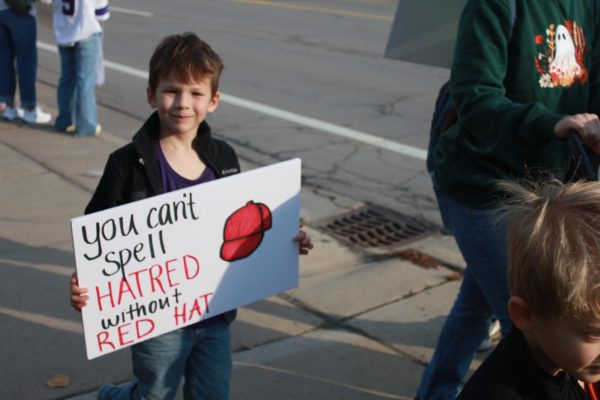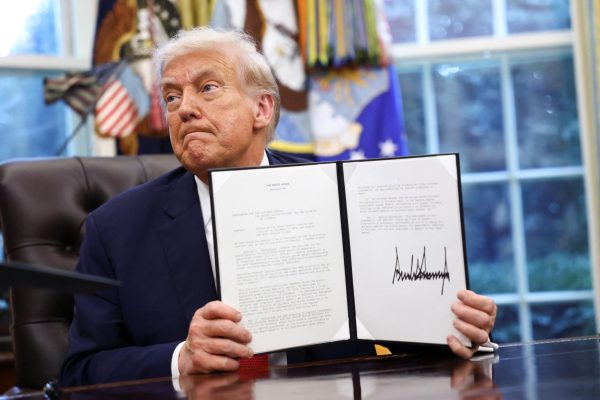The Opioid Project at Community High School
On April 24, 2018, the Opioid Project visited Community High School to present to Robbie Stapleton’s Advanced Health and Public Project class. Molly Welch began by introducing herself and the other speakers. Welch graduated Community High School, and now is a part of the Washtenaw Health Initiative Opioid Project. She introduces the first speaker: Adreanne Waller.
Waller is an epidemiologist and a part of the Washtenaw Health Initiative Opioid Project as well. Waller begins by asking the class if they have any questions that they would like her to cover. One question arose: “How did this epidemic start?”
It started back in 60s and 70s, when there was a heroin-focused wave. It was very different in its character, and there were very different risk factors. The current opioid wave is very challenging, because there are a lot of different people making money off of it such as treatment workers, dealers, etc. Weller moved on to talk about Washtenaw County and the overdoses occurring within. In 2017, one Washtenaw County civilian had an overdose everyday from an opioid. One of her slides showed a map and the zip codes of Washtenaw County; it showed the overdoses and deaths due to an opioid since 2011 to 2016. She asked the class to look at their zip code and see how many overdoses occurred.
The next speaker was Monica Walker. She started off with a fact: America consumes about 80 percent of opioids in the world, but only holds about 4 percent of the world population. She talks about how addiction is a disease, about the stigma around it. Walker finished off by describing opioid user predictors, which include mental illnesses, pain and surgery, if they drink alcohol, smoke, or experience sleeping problems.
Patrice Shook, pharmacy technician, walks up to the front of the classroom to talk about opioid abuse. She begins by describing the differences between an opiate and an opioid. Throughout her slideshow, she focuses on how addiction begins, risk factors, and solutions. Her final slide said “YOU are the solution.” She believes that this room is the future.
“I have all the faith in the world that you guys are ready for challenges like this because of how smart you guys are and how good your questions are,” Shook said.
Gina Dahlem, a nurse practitioner, took the attention next. She mainly focused on Naloxone, which one uses if they have an opioid overdose to reverse the symptoms. She goes through many myths and facts related to these issues. She finished up her speech by demonstrating how opioids affect breathing, and used a toy ice cream cone to display the visual.
Finally, a recovering opioid user shared her story. She talked about her history with addiction, rehab, her current life, and more. She shared her story to inform the students and give them a first-hand of what addiction is like.
As time ran out, the class thanked and clapped for the guest speakers. They filed out of the classroom and went to lunch. The next presentation is by two hospice care workers on Friday, April 27, 2018.
